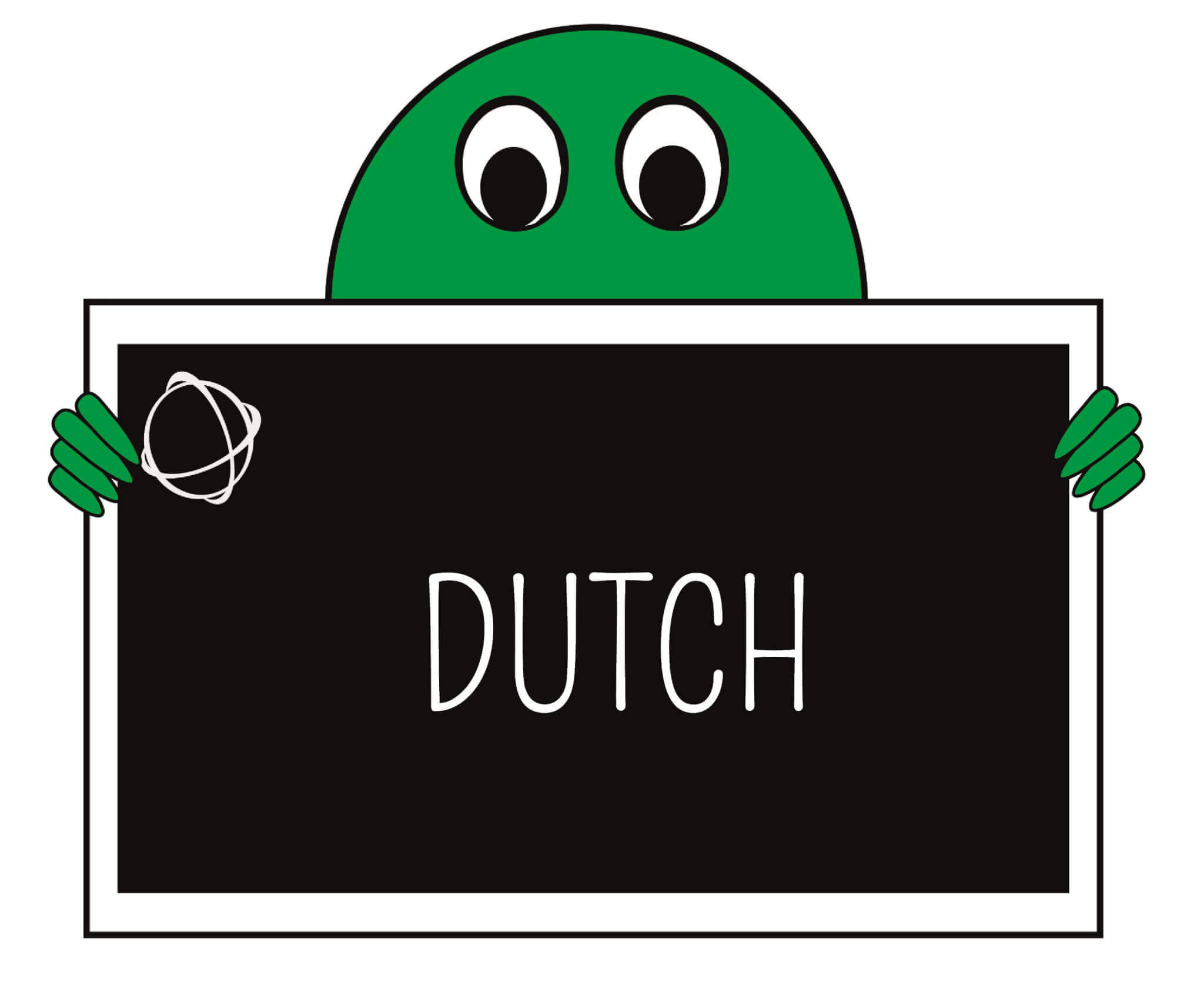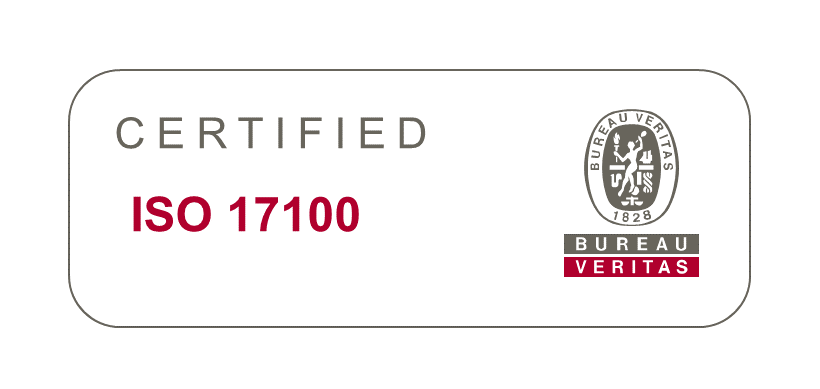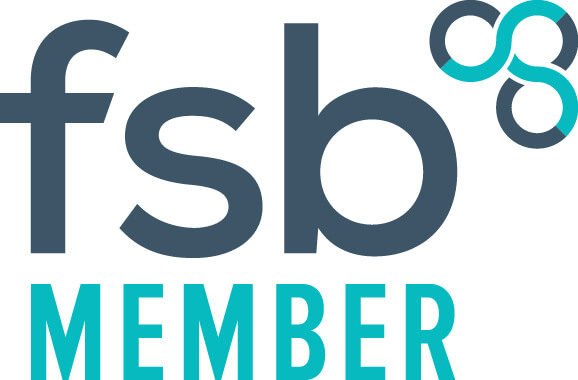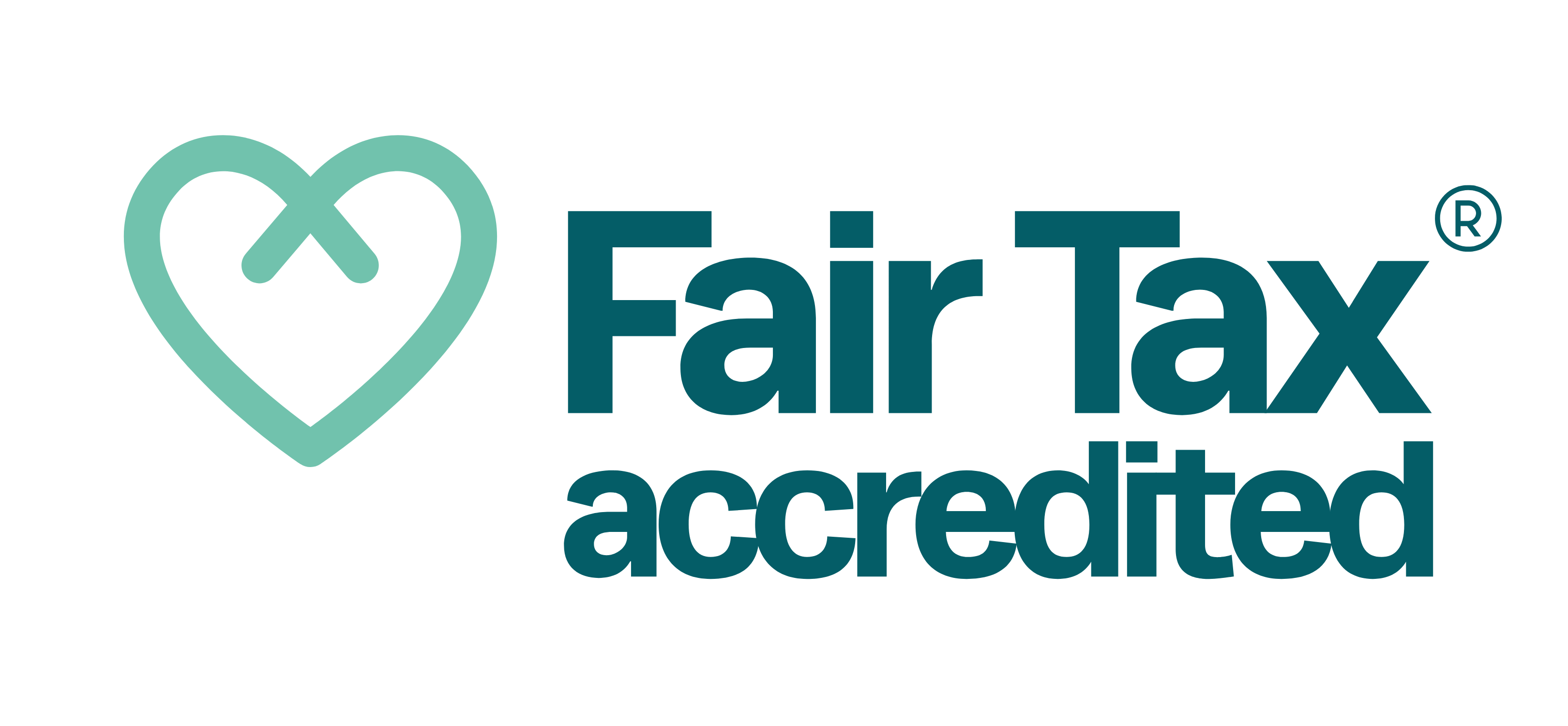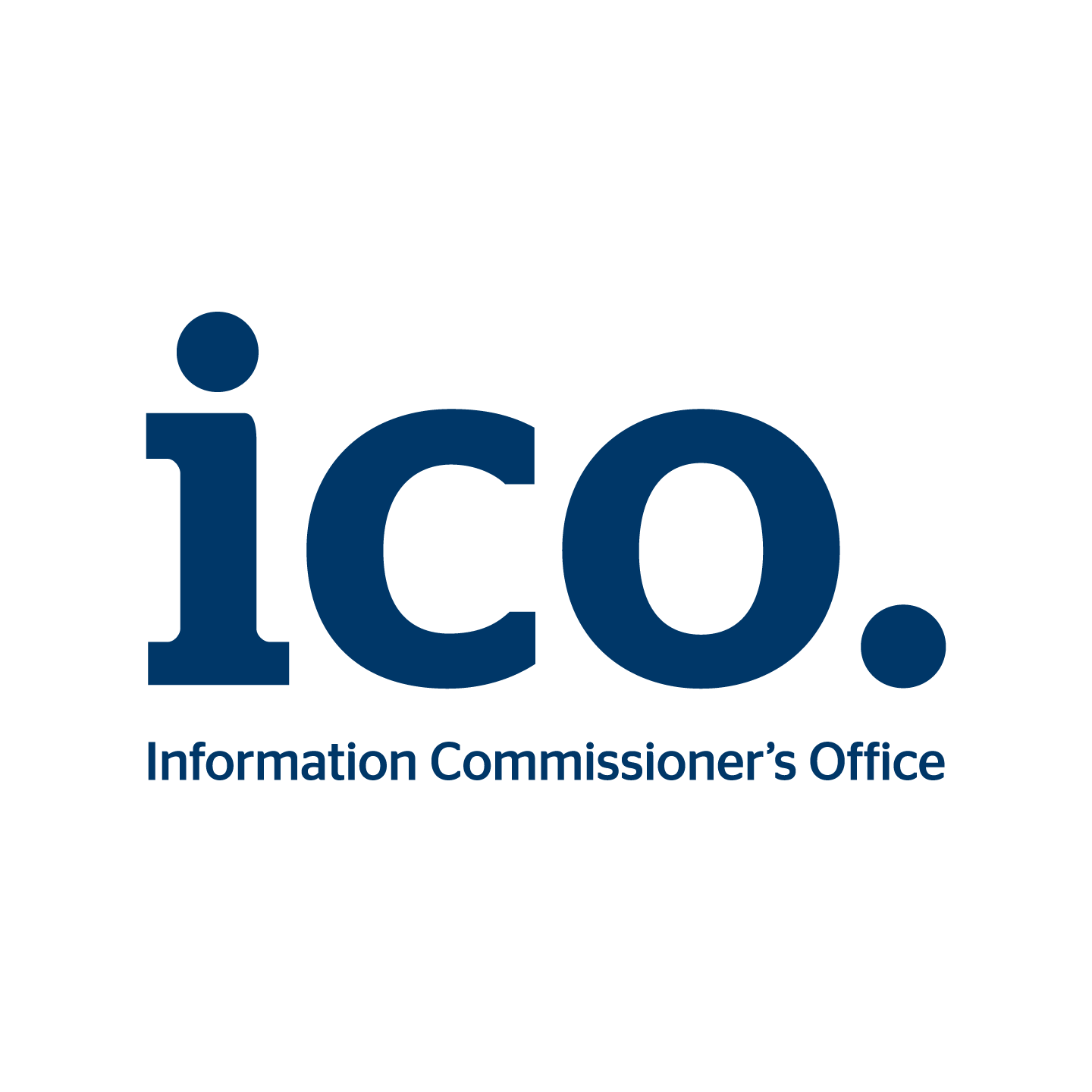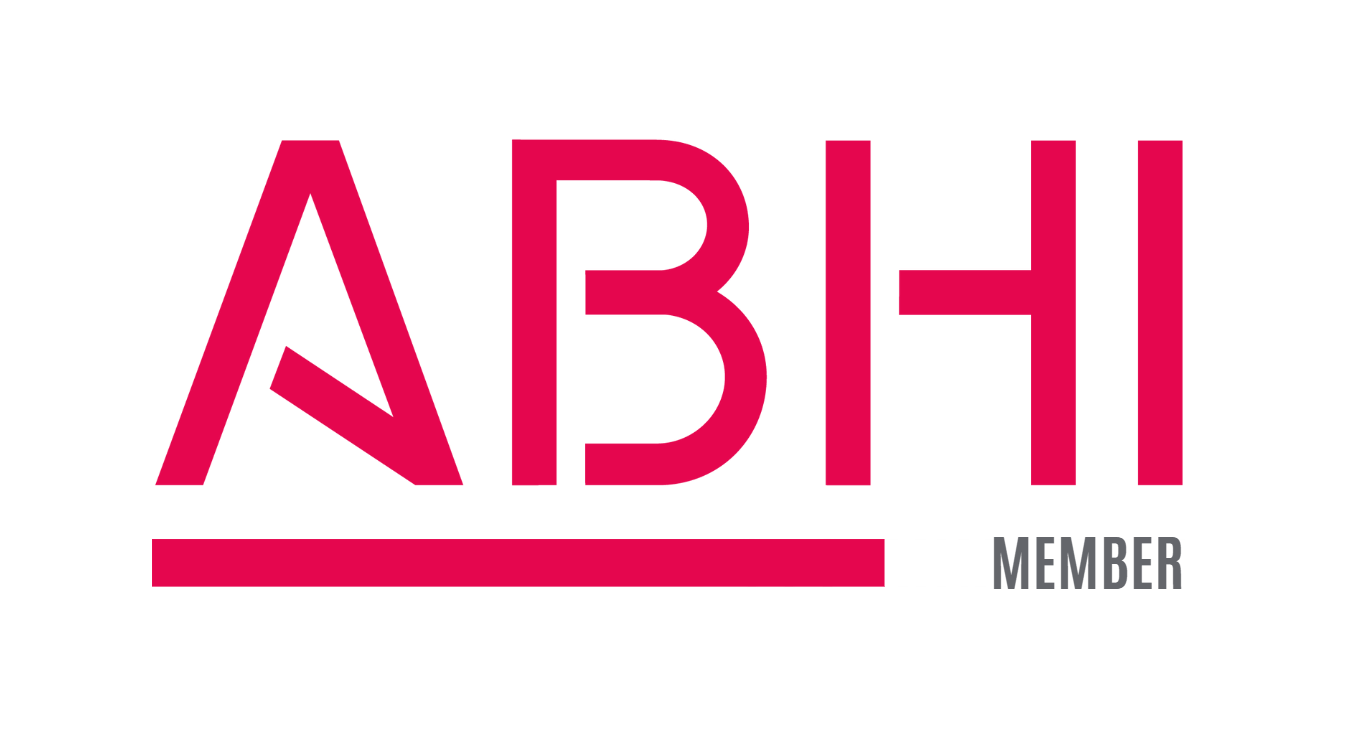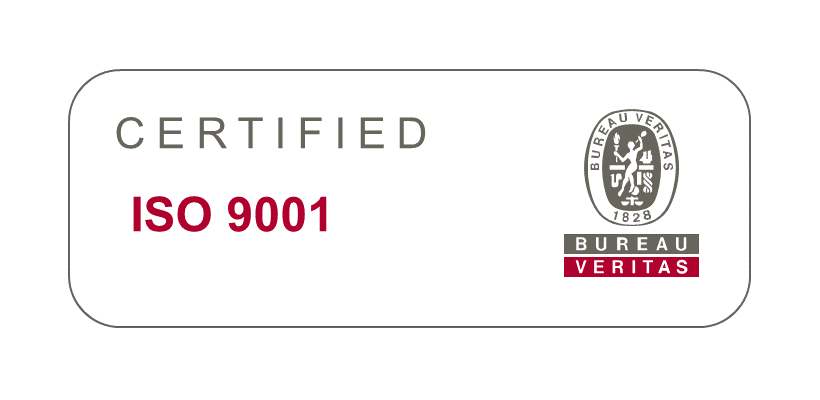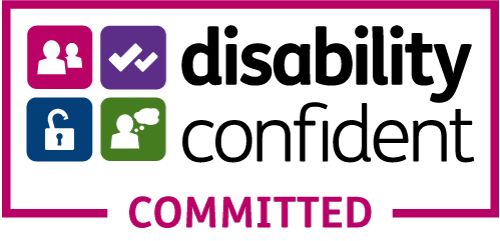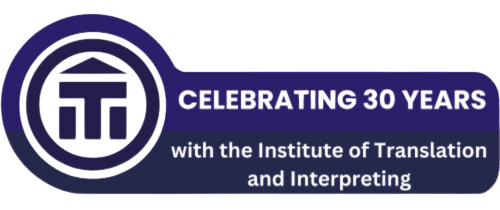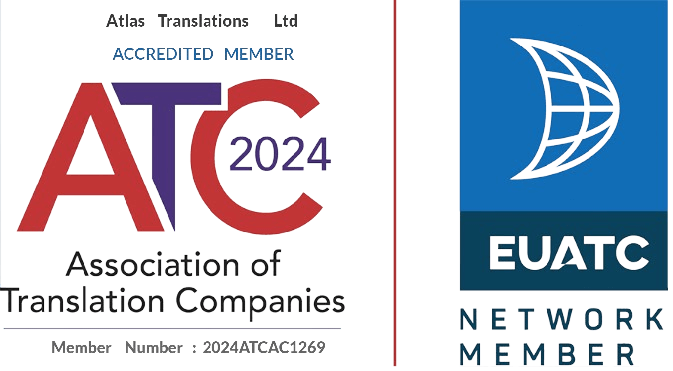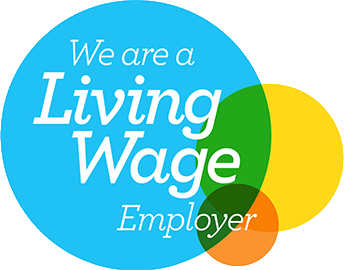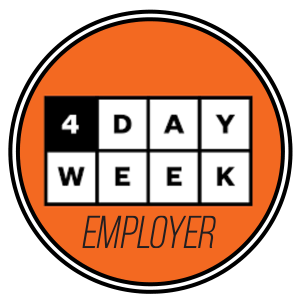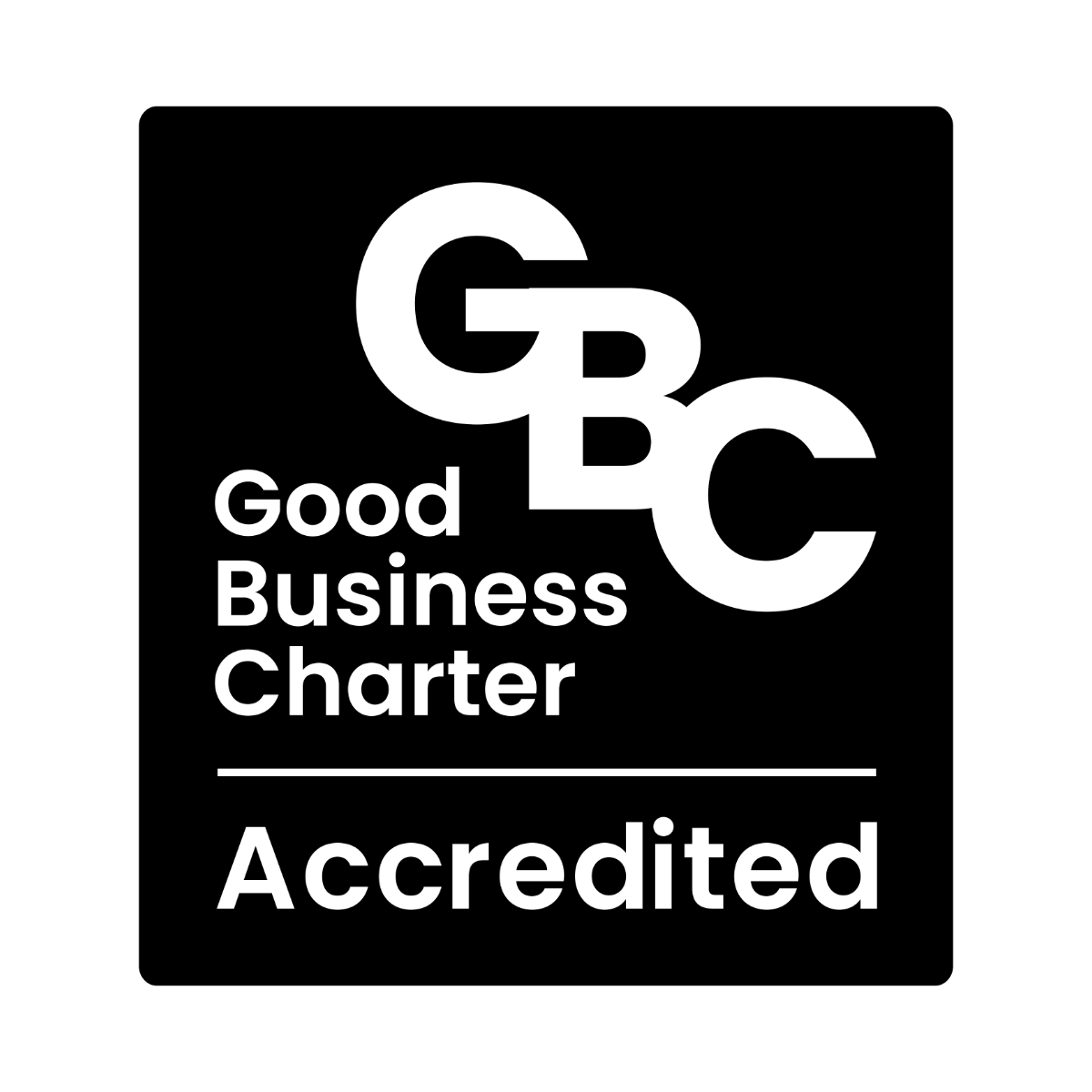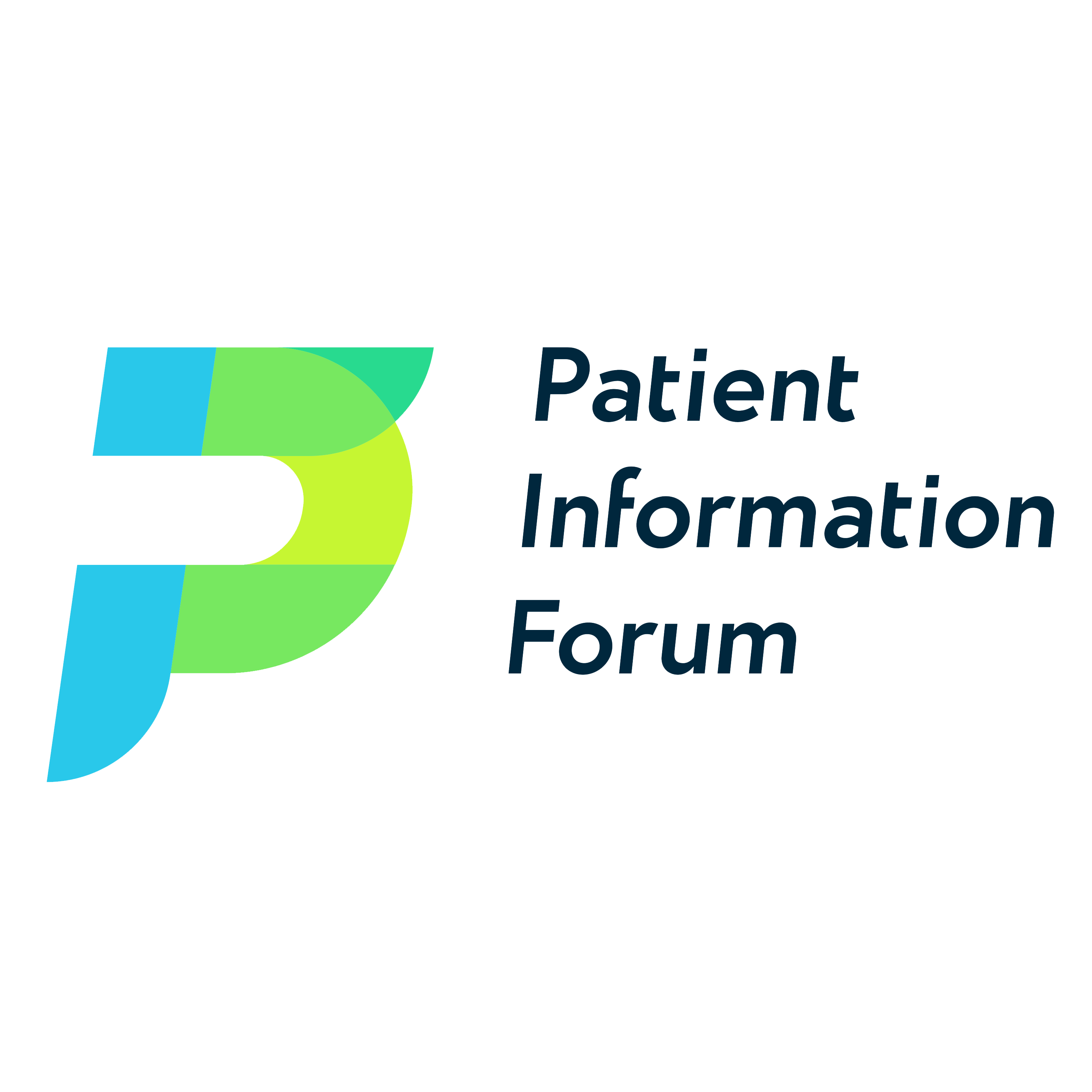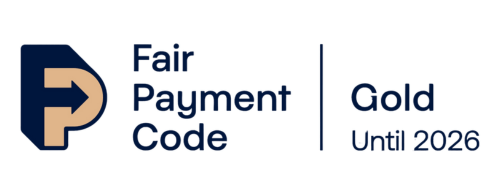Atlas Translations: Translation into Dutch
Translation into Dutch
We do enjoy a bit of Dutch Translation – and Dutch Interpreting! Dutch is the national language of the Netherlands, a small country in north-western Europe. There are around 22 million native speakers, primarily found in the Netherlands, but there is also a large Dutch-speaking community in the neighbouring country of Belgium. There are smaller collections of Dutch speakers in the South American country of Suriname, and Caribbean islands such as Aruba and Sint Maarten. Dutch shares many similarities with its closest relatives, English and German. However, it is more closely linked to German, as these languages haven’t had the Latin influence that has affected English.
History of Dutch
Dutch is a Germanic language, placing it in a linguistic family with German, English and Scandinavian languages. Dutch can be traced back to Frankish languages spoken in the first millennium, and is one of the West Germanic languages, similar to English and the language spoken by the Saxons.
Dutch can be split into three distinct versions, Old Dutch, Middle Dutch and Modern Dutch. Old Dutch was very similar to Frankish, and did not experience some of the Saxon influences that occurred in England. Middle Dutch is seen more as a collection of similar dialects that shared a common ancestor, and lasted from around 1150-1500. Modern Dutch saw the standardisation of the many Dutch languages into one tongue. However, areas of Belgium which spoke Dutch before were conquered by France, leading these areas to become primarily French-speaking. Today, only the Flanders area of Belgium speaks Flemish, a Dutch dialect.
The Dutch ruled over South Africa in the 17th-19th centuries. While Dutch did not have a large influence on the language of native South Africans, it developed into Afrikaans, which is spoken today by the descendants of Dutch settlers. While Afrikaans is a separate language to Dutch, they share many similarities and speakers of each language are able to converse with little difficulty.
Dutch and English
As previously mentioned, Dutch and English are closely linked. This makes Dutch one of the easiest languages to learn for native English speakers, as much of the vocabulary is shared. Words such as ‘appel’ (apple), ‘banaan’ (banana), ‘groen’ (green) and ‘rood’ (red) are all very similar in both languages.
English has also borrowed words from Dutch, such as aardvark and wildebeest. Phrases such as ‘Mijn naam is…’ (my name is…) have almost identical pronunciations in both English and Dutch. A fun way to teach yourself some Dutch is by switching the language setting on your smartphone and noting the names of certain apps; some of my personal favourites include ‘Klok’, ‘Kompas’ and ‘Telefoon’.
Many Dutch speakers are bilingual, and English is one of the most common second languages in the Netherlands. Modern words that have only been invented in the past century are often identical or very similar in both languages. Often, if you are unsure of a Dutch word, the English equivalent will likely be understood by Dutch speakers. Overall, Dutch is a relatively easy language to learn for English speakers, especially when compared to the vast number of less related languages across the globe. The geographical proximity of the UK and the Netherlands is also a strong reason to learn Dutch, and Dutch cities such as Amsterdam are visited by travellers from every corner of the world.

